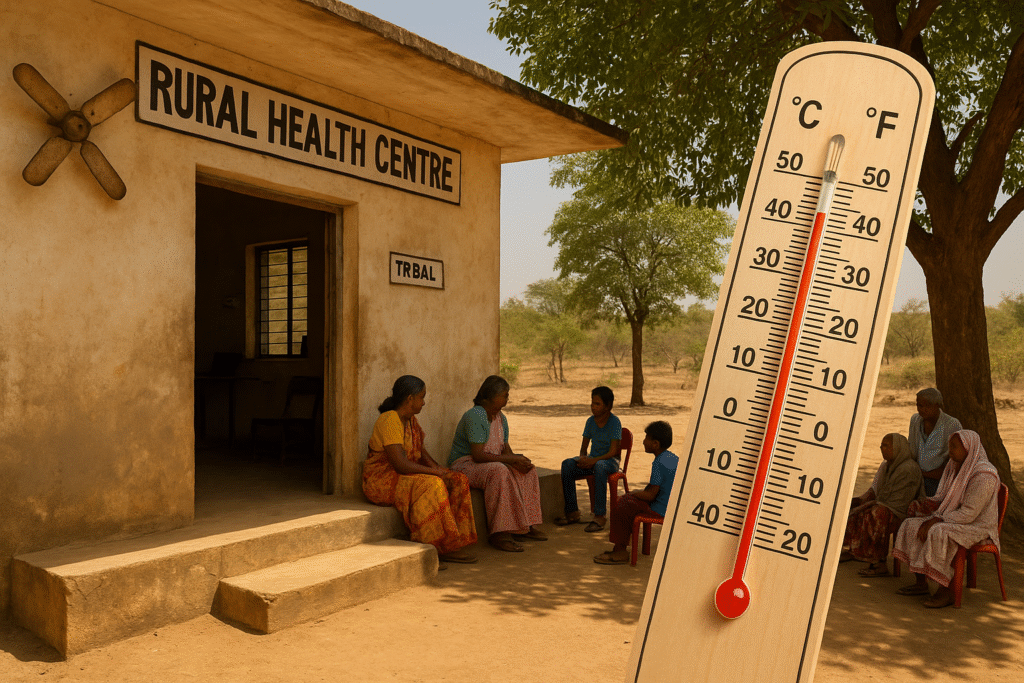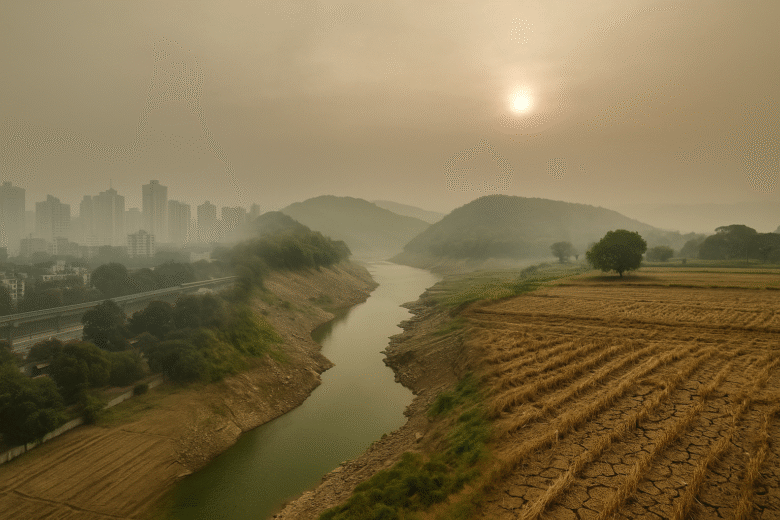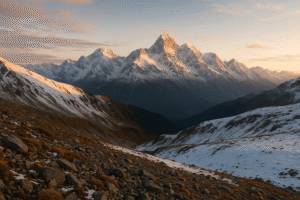Despite decades of growth, no state in India excels across all major environmental, health and development indicators. That’s the unsettling truth behind “State of India’s Environment 2025: The Grim Story Behind the Numbers”. As a new mosaic of studies layer reveals, climate strain is growing, health stress is spreading and development gains are faltering — and the numbers don’t lie.
A widening gap: climate, health and development moving out of sync
In 2025, multiple studies show that while India made progress in some domains, the overall picture is more nuanced and worrying. Research by the Council on Energy, Environment and Water (CEEW) reveals that nearly 57 % of Indian districts — housing about 76 % of the national population — are now at “high to very high” risk from extreme heat. At the same time, floods, landslides and erratic monsoons are causing escalating damage in vulnerable states.
Health-wise, air pollution remains a silent killer: for example, in the national capital region, particulate-matter burdens continue to surpass safe norms, contributing to chronic lung and heart issues. Meanwhile, development indicators such as per-capita income, sanitation access and institutional capacity differ widely between states.
No state has yet managed to flip the script by being “top performer everywhere.” Some states excel in sanitation or in forest cover, but lag badly in heat resilience or disease burden. The result: the environmental story of India in 2025 is not one of uniform progress — but of patchy gains, expanding risk and persistent inequalities.
Real-life impacts: when the numbers hit home
Take heat-waves: in recent months, farmers in north-western India reported crop yields stalling, labourers refused to work in midday fields and local clinics recorded higher cases of dehydration. The CEEW heat-risk data translates into communities pushed to breaking point.
Or consider flood-prone states: one recent monsoon-triggered deluge forced tens of thousands to evacuate, paddy fields to crack, and embankments to fail. The developmental promise of stable rural livelihoods collided with the climate shock.
And yet, some states with high growth still falter in climate resilience or public health. For instance, a state may boast rising GDP but have low adaptive capacity to heat and flooding or major air-quality problems in its cities. The “development” economy becomes vulnerable.
Why this matters: the interplay of environment, health and progress
When environmental stress worsens, the toll surfaces not just as ecological loss but as human cost and economic drag. For example:
- A state with poor river health will have weaker agriculture, causing revenue and employment decline.
- A region with high air pollution will see increased health-care burden and lower labour productivity.
- A community repeatedly hit by heat or flood cannot bounce back quickly, affecting schooling, incomes, migration decisions.
The 2025 pattern shows not just isolated problem-areas, but interconnected weak-links. Development cannot simply rely on growth statistics when climate vulnerabilities and health hazards lurk behind them.

Why it’s provocative: comfort with numbers isn’t enough
One reason this story matters: we’re used to hearing “India is growing”, “India is green” or “India is improving”. But a glance at the data in 2025 says “not everywhere, certainly not uniformly, and maybe not sustainably”. It forces a question: if no state excels across the board, what kind of future are we building?
We may brag of a forest-cover percentage or a sanitation drive, but if a state is already ranked as high-risk for heat-mortality, the gain may be hollow. The data raises a sharp challenge: Are our metrics still aligned with the real threats of climate, health and equity?
What should states and citizens ask — and do?
Ask for disaggregated data: Beyond state averages, how do districts or blocks fare in heat resilience, flood risk, air quality, health outcomes?
Demand cross-sector policy: When an environment ministry issues a tree-planting target, does the health department get briefed on the downstream benefit?
Invest in adaptive infrastructure: Heat-resilient buildings, flood-proof roads, early-warning systems — not just development for growth, but development for survival.
Amplify local voices: The state-level aggregates mask the lived realities of farmers, slum dwellers, tribal communities. Their stories must shape the solutions.
Re-align incentives: If a state is rewarded only for GDP growth, but suffers rising health-costs, the system is mis-calibrated.
Conclusion
This blog is not meant to depress or despair — it’s meant to alert and galvanize. The data shows a nation in flux: achieving, yes, but also vulnerable; growing, yes, but also exposed; developing, yes, but costs mounting.
If we walk away satisfied with just annual growth charts or tree-planting numbers, we may miss the hazard bubbles forming in many districts. The call to action is clear: let’s not wait for the next disaster to remind us of the cracks. Let’s insist that growth be resilient, that health be safe, that environment be protected — and that we judge success not by what is rising, but by what is falling less.
Because if no state in India is excelling across all environmental, health and development metrics today — that means we are all still part of the problem. Let’s be part of the solution.
Author’s Note
I spend my days helping others understand the world, and my evenings trying to make sense of it myself. Writing, for me, isn’t an escape—it’s a continuation of that same work: explaining, connecting, and sometimes, questioning. I don’t write to sound clever; I write because silence around these issues feels heavier than words. Every statistic hides a story, and every story deserves a voice. If even one reader pauses long enough to see the world a little differently after this, that’s reason enough to keep writing.
G.C., Ecosociosphere contributor.
References and Further Reading
- Majority of Indian districts face high heat-wave risk, study shows – CEEW report.
- Powerful rain and floods devastate northern India as experts blame climate change – Associated Press.
- India is using AI and satellites to map urban heat vulnerability down to the building level – Wired feature.
- Rising heat risks threaten over 76% of India’s population




